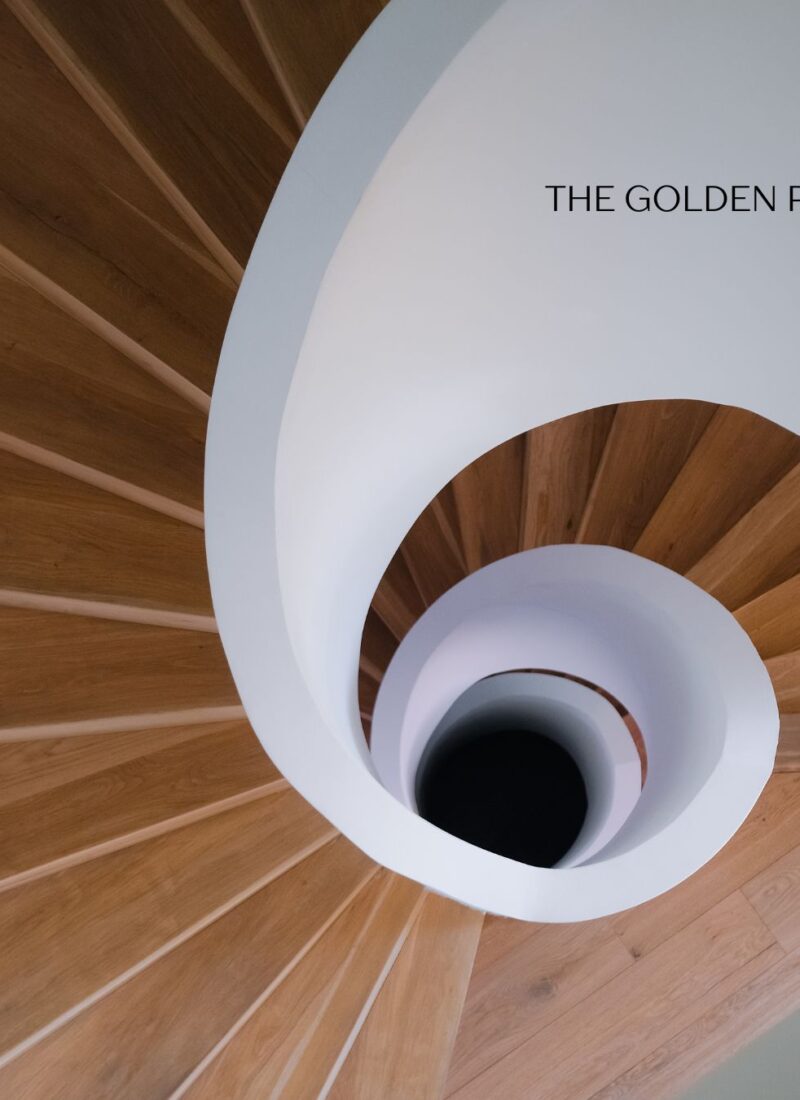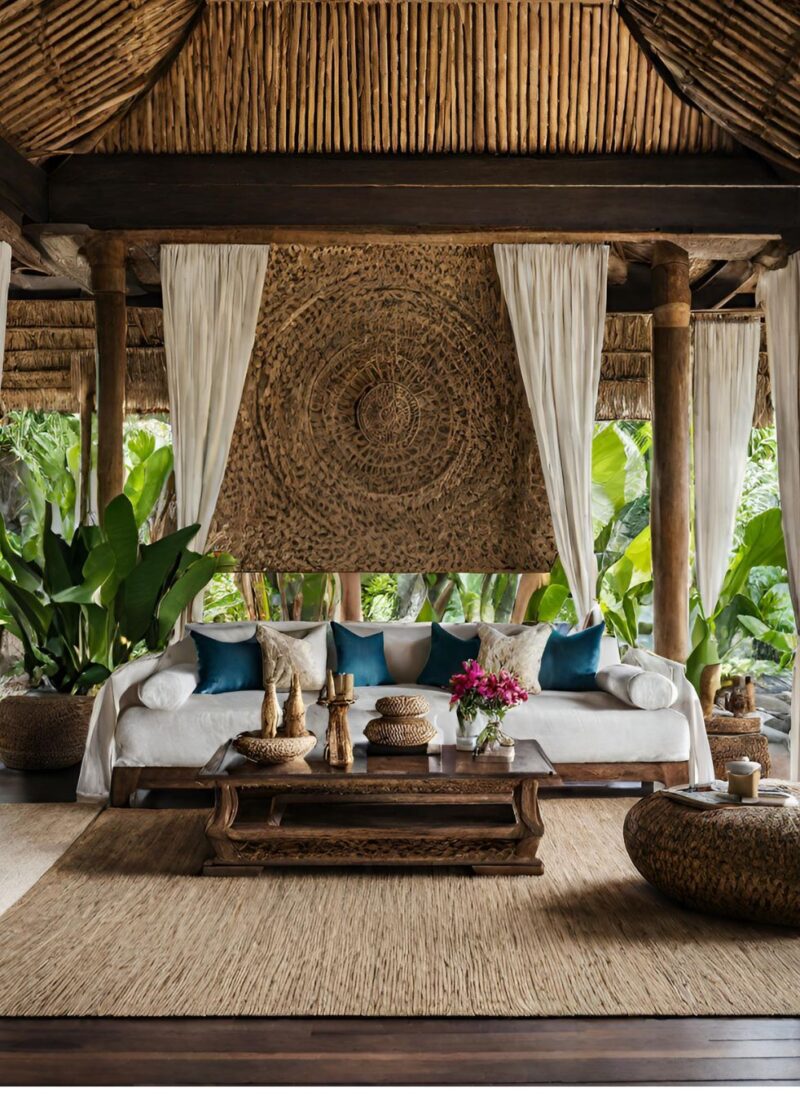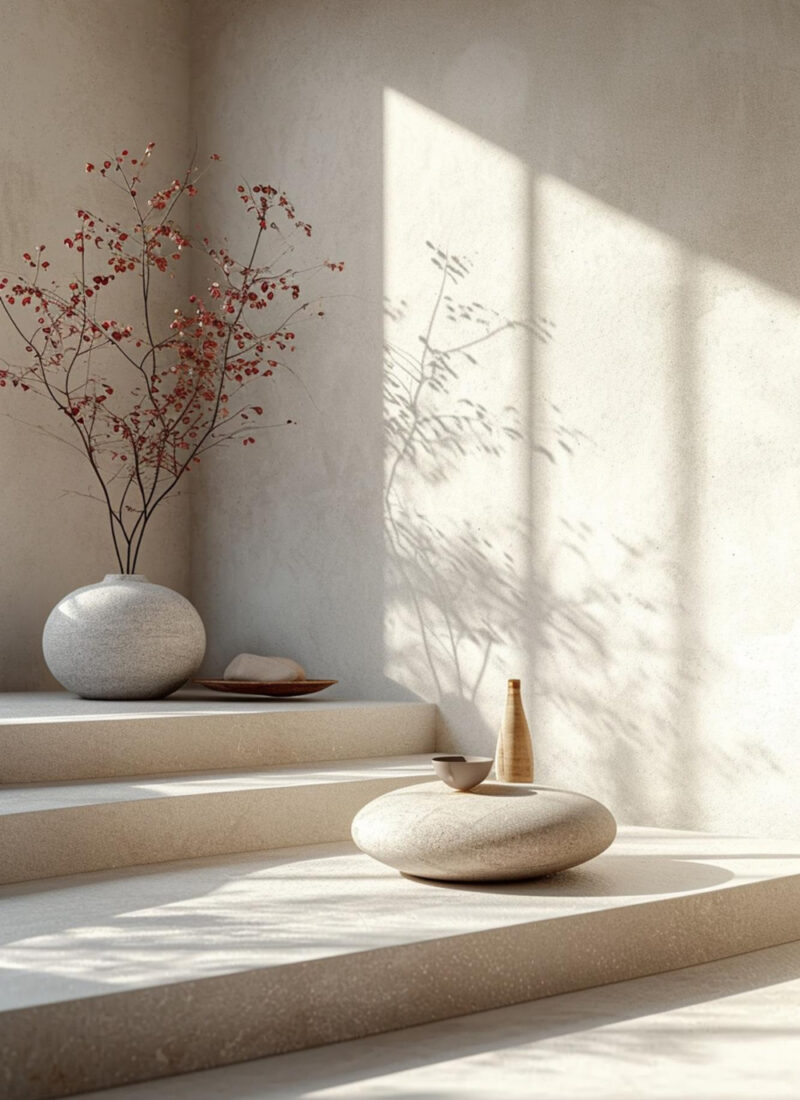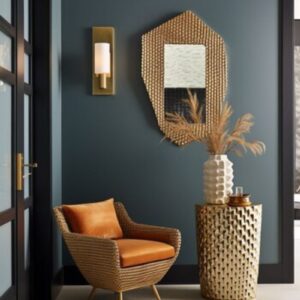There is somewhat of a contradiction when one utters ‘modern’ and ‘Chinese’. We all know that China has one of the oldest cultures in the world- and by it- it has a longstanding history and diverse culture, filled with rituals and symbols. With such tradition, how can one define a modern Chinese interior design?
In this article, you will be entertained as to how the new meets the old Chinese culture, and how Chinese design traditions are being kept and somehow updated to fit the needs of the modern world. In this Chinese interior design guide, you will know the elements and features that make up the contemporary Chinese interior design as well as how to know how to design your space in modern oriental Chinese style interior design.
What is Modern Chinese Interior Design
Photo by Angela Roma
Modern Chinese interior design is based on simplicity. It’s not about the sheer number of decorative alignment and accents you have to add to the room; rather, it’s about putting emphasis on the value of the object. Feng shui plays a major role in Chinese interior design, then and now.
If one were to define modern Chinese interior design, it is not just the East that meets the West. It’s now about bringing the opulence of the past and the exoticness of the East and the urbanity and modernity of the West and putting all these together in one melting pot to create the modern Oriental.
What’s amazing and interesting about this design is that it still follows the sentiments of the Feng shui yet uses the materials that you’d normally find in a more contemporary design. Lets move ahead and dicsuss the characteristics of Chinese interior design style.
Features of Modern Chinese Interior Design
Vibrant Colors
Modern Chinese interior design, just like its traditional decorations and counterpart, is full of bold and luxurious colors. You would find different hues of reds and deep purples along with dark yellow shades. To achieve a more mystic charm, add black to the mix. Of course, don’t forget gold as this is an auspicious color to add to your palette.
Photo by Rachel Claire
Concept Lies in the Intention
With traditions to back up its design, Modern Chinese interior design combines the subtle use of details, such as Bamboo and delicate latticework, with Ming influences and delicate color choices. It is simple and authentic, incorporating lacquer and porcelain elements seamlessly. It’s perfectly imperfect, embracing carving techniques that add a touch of craftsmanship. Designs of this aesthetics downplay showmanship, yet the Ming influence is still there, not showcased blatantly.
There are still materials used in the old design that are being used with the new, including bamboo for a natural touch. Somehow there is a juxtaposition of ideas where walls can be simple but can also be rich, adorned with intricate lacquer details or simple brushstrokes. The truth of the matter is that there is no hard and fast rule as long as it falls under the intention.
In modern oriental design, nothing happens by accident. Nothing is in excess. Everything, from porcelain elements to intricate carvings, is carefully chosen to fit a particular room.
Photo by Alexander Schimmeck on Unsplash
Simplicity
It’s not in the sheer number of decor elements; rather, it’s in how each design element, such as those from the Ming dynasty, plays a cohesive role in making the room more usable and optimum. Each design element, from specific design trends to carefully chosen wallpaper, has a role to play, not just in a physical way but also spiritually. You need to remember that ancient Chinese interior design is heavily influenced by Feng shui, and even the Chinese furniture, adorned with traditional lamp fixtures, has the same vibes and tastes as it used to be in the previous centuries.
Modern Chinese Interior Design Tips
Feng shui plays an integral role in modern Chinese interior design aesthetics. Here are tips on how you can attract good vibes with your modern Chinese-style interior design.
Add a Water Feature
Modern Chinese interior design, characterized by its emphasis on balance, incorporates various Chinese interior design elements, including wooden furniture and decorative elements like rice paper. It is all about achieving harmony, and water features play a crucial role in this philosophy. Water, a symbol of prosperity and wealth in Feng shui, balances the yang of the room.
Recent Post: What Is Post-Modern Interior Design
However, there is a caveat: knowing the proper placement of water features is essential. Improper placement can bring negative energy to the home. Utilizing a Ba-Gua to determine directions is crucial:
- East direction- this is to improve one’s health and family dynamics
- Southeast – this is to improve abundance and prosperity
- North- this is to protect and improve your career
- When placed in the garden, make sure that the water flows towards your house so as to direct abundance towards it.
In the garden, ensure that the water flows towards your house to direct abundance.
Avoid placing water features in the south direction, associated with reputation and represented by fire, as water extinguishes fire. Also, refrain from adding water features to bedrooms or front doors, as water can encourage negative energy in these spaces. This thoughtful consideration of design is characterized by an understanding of Feng shui principles and the integration of essential Chinese interior design elements.
Add Oriental-inspired Decor
A modern oriental house design should include Chinese-inspired decor. This means you need to add incense made from sandalwood and windchimes. Also, bring in plants to brighten the room and transform it into a more comforting and cozy space. Fortune plants are a great add-on to the room as this plant also aligns with a good Feng shui vibe.
Make the Room More Minimalistic
It’s not a good thing to have so much clutter in your modern Oriental decor choices. Remember, clutter is a big no-no in Feng shui. Rather, you should surround yourself with things that matter and love. Also, with so many decor pieces, you are inhibiting the flow of positive energy into the room. Additionally, try not to use damaged decor as this also encourages bad chi.
Photo by 五玄土 ORIENTO on Unsplash
Use Tranquil Colors to Lighten Your Mood
Color plays a big role in mood and emotions- and this remains true for modern Chinese interior design. That said, you need to use softer hues and shades for the room, it’s also important to inject greenery as this naturally uplifts the mood. Similar to many interior design aesthetics, you must use 3 colors to decorate your room. More than that number, the room becomes congested.
Add Natural Greenery
This is a universally accepted Feng shui rule. Add plants to the room be it by adding potted ones or using them as wall decor. If you have a backyard, create a garden that complements your home. Your office can do good with a potted plant for better productivity and positivity.
Avoid Sharp Edges
Feng shui prefers smooth and rounded edges. This encourages the smooth flow of positive energy. Avoid adding beams with sharp edges especially in your bedroom as this could affect your health according to Feng shui principles. Cover these sharp edges. If you have on your window, use window curtains.
Choosing the Right Color for Your Living Space
Use a Ba Gua map to identify which color should be used for a particular room. You need to identify what quadrant a particular room belongs to and use modern Oriental design decor suited for that particular place. For example, if your living room falls in the knowledge quadrant, it makes sense that you need to add books to the modern oriental style interior design.
Feng Shui for Your Living Room
Use a Ba Gua map to identify which color should be used for a particular room. You need to identify what quadrant a particular room belongs to and use modern Oriental design decor suited for that particular place. For example, if your living room falls in the knowledge quadrant, it makes sense that you need to add books to the modern oriental style interior design.
Feng Shui for Your Kitchen
Make sure that your sofa faces the main door and it should be against the wall. This way, you can clearly see who goes in and out of our home. The living room is the first place that people come into when visiting your home so it should be overflowing with positive energy. That being said, you should avoid black-out curtains in the living room. Rather, make sure the curtains are airy and a little bit see-through.
Make sure that your sofa faces the main door and it should be against the wall. This way, you can clearly see who goes in and out of our home. The living room is the first place that people come into when visiting your home so it should be overflowing with positive energy. That being said, you should avoid black-out curtains in the living room. Rather, make sure the curtains are airy and a little bit see-through.
Feng Shui for the Bedroom
Your bed should be against the wall and opposite the door. Headboards are a must since these offer protection and support but make sure that the headboard you use does not have any sharp objects. Also, choose fabrics with earthy colors as these represent tranquility.
Feng Shui for Your Home Office
Remember that clutter is discouraged so only put things that you need for productivity. Similar to the sofa and bed, the desk should be placed against the wall. Also, your working table should be made of wood. You must choose colors that enhance creativity. You can still opt for bold colors but make sure you aren’t using the ones that clash with one another.
To End
That’s it from Chinese interior design ideas and tips. Apart from traditional Chinese interior design, modern Chinese interior design strikes a fine balance between what is new and old. Ever evolving, this design aesthetic is simple and authentic yet modern and powerful. Do you think the modern Chinese interior design is right up your alley? Tell us what you think in the comments section.




